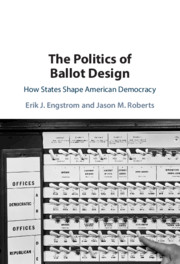Recent elections have witnessed substantial debate regarding the degree to which state governments facilitate access to the polls. Despite this newfound interest, however, many of the major reforms aimed at increasing voting convenience (i.e., early voting and no-excuse absentee voting) were implemented over the past four decades. Although numerous studies examine their consequences (on turnout, the composition of the electorate, and/or electoral outcomes), we know significantly less about the factors leading to the initial adoption of these policies. We attempt to provide insights into such motivations using event history analysis to identify the impact of political and demographic considerations, as well as diffusion mechanisms, on which states opted for easier ballot access. We find that adoption responded to some factors signaling the necessity of greater voting convenience in the state, and that partisanship influenced the enactment of early voting but not no-excuse absentee voting procedures.
